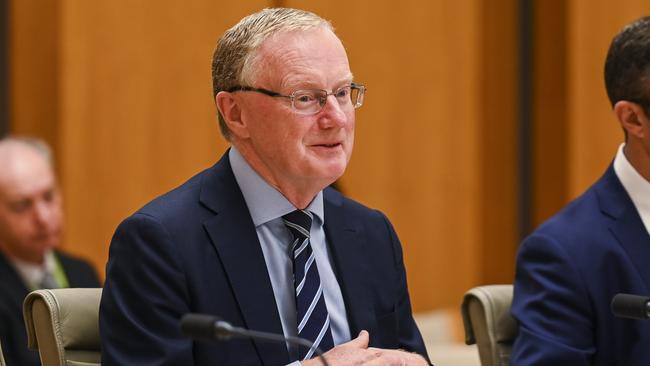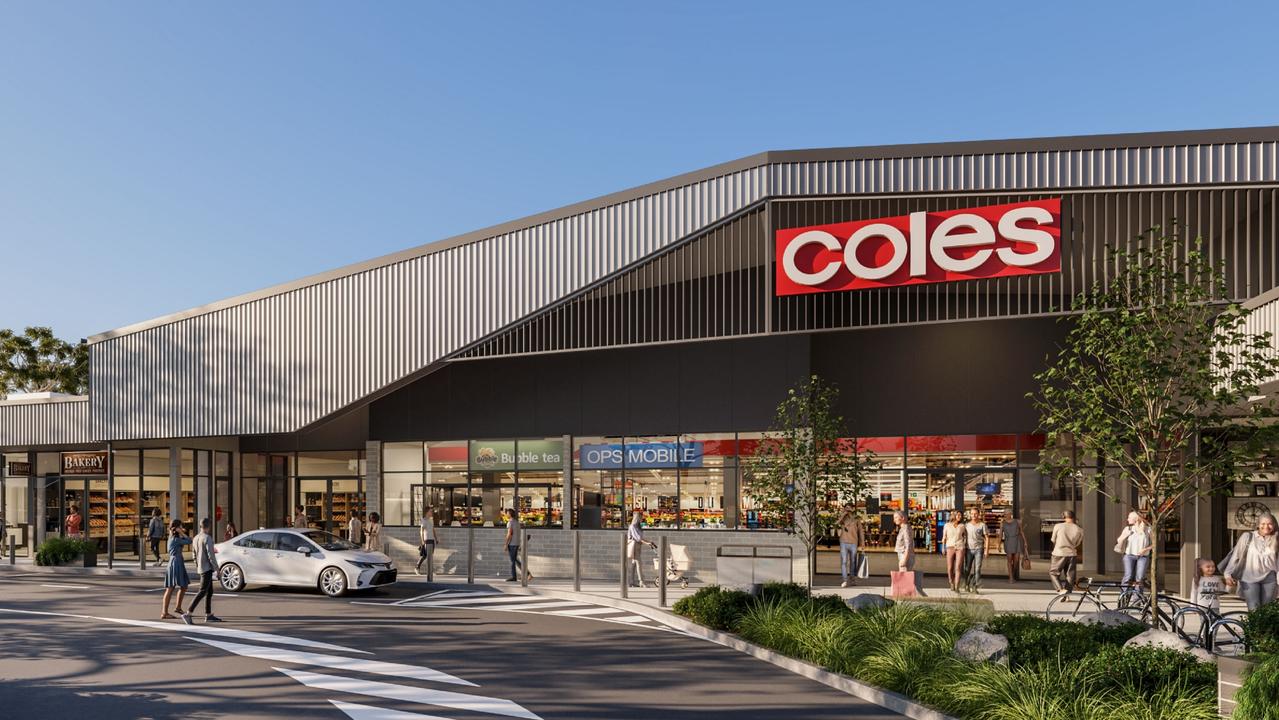Interest rate crunch: Qld’s worst-hit mortgage arrears zones
The number of homes over a month behind on their mortgage has spiked in Queensland’s most heavily populated areas, with interest rates yet to peak and another RBA decision looming today.

Property
Don't miss out on the headlines from Property. Followed categories will be added to My News.
THE number of households more than a month behind on their mortgage has spiked in Queensland’s most heavily populated areas, as experts warn interest rates are yet to peak with another RBA decision looming today.
The latest S & P Global Ratings data – considered an early warning system mapping quarterly shifts in 30 days plus mortgage arrears – shows Logan-Beaudesert had the biggest jump in the state in the first three months this year, almost doubling its default level.
The figures showed arrears there almost doubled to 1.84 per cent in the quarter, pushing over 850 households into trouble in a statistical region stretching from Logan City to the New South Wales border.
Moreton Bay North had the second biggest rise in Queensland, up 0.5pp to 1.44 per cent, meaning over 470 households with a mortgage are on the wrong side of the balance sheet.
S & P Global director Erin Kitson warned the rise in interest rates would see numbers continue to rise.
“Arrears are continuing to rise, albeit off low levels,” she said. “Arrears and interest rates have a close correlation so arrears increases are likely to continue while interest rates are still rising.”
Among those facing the greatest pressure would be cash flow sensitive borrowers, including credit-impaired borrowers and some self-employed borrowers.

The current official interest rate sits at 3.85 per cent with Reserve Bank board set to announce its latest monetary policy decision Tuesday afternoon. The ASX RBA Rate Tracker – which mirrors market movements in the 30 day interbank cash rate – showed 37 per cent chance of a hike to 4.1 per cent.
More than 260 households in Townsville SA4 region were estimated to be behind on mortgage repayments, with S & P Global Ratings putting 30 days plus arrears there at 1.39 per cent off a 0.33pp rise – the third biggest jump in the state.
The Sunshine Coast (up 0.18pp to 0.91 per cent) and the Gold Coast (up 0.18pp to 1.04 per cent) were ranked sixth and seventh worst in the state, but by far those doing it toughest were households in the Queensland Outback – where arrears levels hit 3.54 per cent in March quarter. The region makes up half the state physically, from the Torres Strait to the border with Northern Territory, South Australia and New South Wales.

MORE: Top Aussie landlord’s tips for tax time
How truck driver bought 17 houses in five years
Sentiment among home loan customers was dire, according to a Finder survey of 446 people released Monday. It found nearly one in three of those surveyed were in arrears (31 per cent) – made up of 18 per cent behind by 30 days or more, 8 per cent over 60 days and 5 per cent “seriously delinquent” with 90 days plus arrears.
Finder home loans expert Sarah Megginson said 69 per cent of those surveyed were up to date with mortgage repayments but there was growing concern, including from those on JobKeeper subsidies which are being wound back at the end of June.
“With some homeowners now only a few missed mortgage payments away from potentially having their homes repossessed, this is no doubt a scary time,” she said.

MORE: See the latest PropTrack Home Price Index
The Finder survey put the greatest number of arrears in South Australia (41 per cent), followed by Queensland (36 per cent), with men more likely to say they were behind than women.
Ms Megginson urged those falling behind to seek help.
“If you’re falling behind on your repayments, don’t put your head in the sand. The earlier you get help, the more options you’ll have. Contact your bank or lender and talk through your financial hardship options – all home loan providers have customer support teams ready and waiting to help.”
Some options include switching to interest-only payments for a set period of time or deferring a loan for a number of months to catch up.




